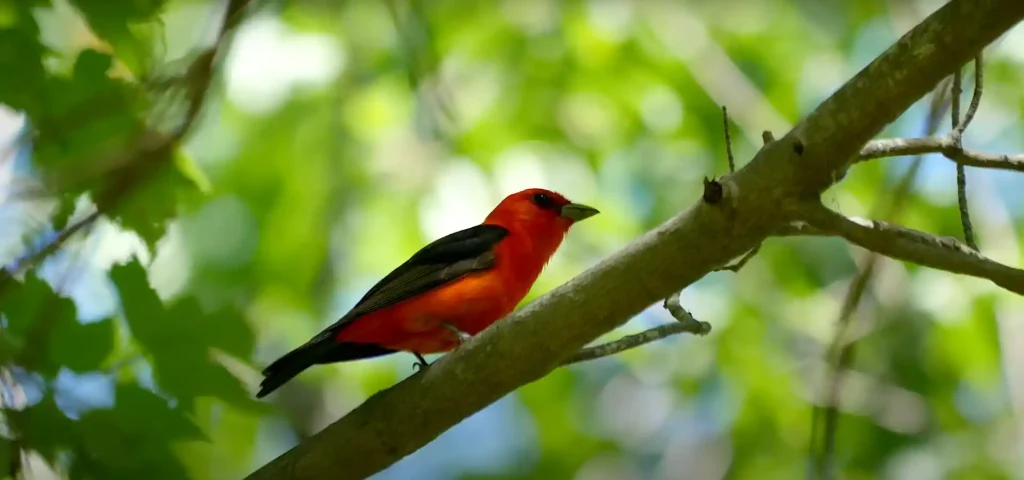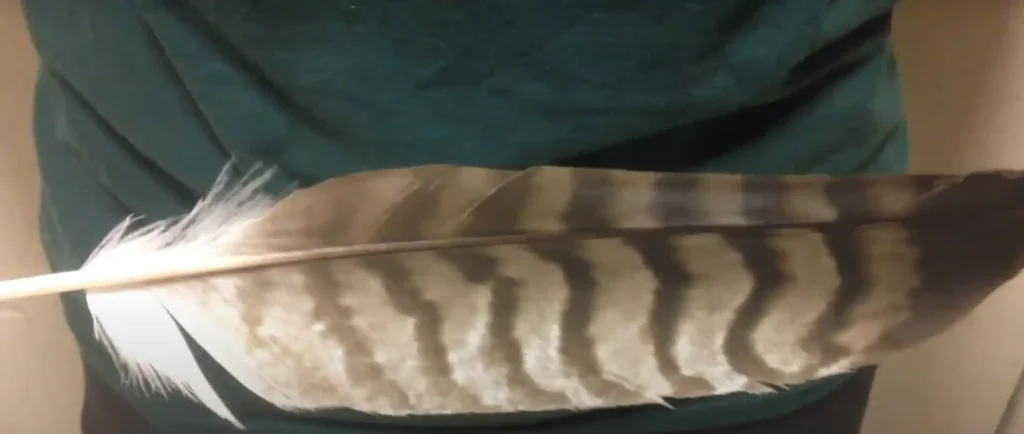Native American symbolism is a profound aspect of Native American culture, intricately woven into their daily lives, spiritual practices, and community traditions.
It serves as a means of conveying deep spiritual beliefs, life lessons, and values passed down through generations.
Symbols in Native American culture are not just artistic expressions but are rich with meanings that reflect the intimate relationship between Native Americans and the natural world around them.
Table of Contents
ToggleThe Role of Symbolism in Native American Culture
In Native American culture, symbolism is a vital tool for communication and storytelling. Unlike written languages, which were less commonly used among many tribes, symbols provided a universal language understood across different regions and generations.
These symbols encapsulate the core of Native American spirituality, their worldview, and the teachings that guide their way of life.
Native American symbols are often derived from nature—animals, plants, elements, and celestial bodies. Each of these symbols carries a unique meaning, closely tied to the natural environment and the spiritual beliefs of the tribe.
The interconnectedness of life is a central theme in Native American symbolism, where the earth, sky, animals, and people are all part of a greater whole. This belief is reflected in the use of symbols, which often represent the relationships between different aspects of life and the universe.
Animal Symbolism in Native American Culture
Animals hold a place of high esteem in Native American symbolism, each representing specific qualities and teachings that are integral to the tribe’s way of life. The eagle, for example, is one of the most revered symbols.
It represents strength, courage, and vision, and is believed to be a messenger between the physical world and the spiritual realm. The eagle’s ability to soar high above the earth makes it a symbol of a higher perspective, carrying prayers and thoughts to the Creator.
The bear is another powerful symbol, embodying strength, courage, and leadership. In many Native American tribes, the bear is also associated with healing and protection.
It is believed that the spirit of the bear possesses healing powers and can guide individuals through difficult times, offering strength and resilience.
The wolf symbolizes loyalty, family, and communication. Wolves are known for their strong social bonds and their ability to communicate effectively within their pack. In Native American symbolism, the wolf is seen as a teacher, guiding individuals to find their true path in life. The wolf’s keen instincts and strong sense of community make it a powerful symbol of family and loyalty.
The turtle is a symbol of endurance, persistence, and longevity. It is often associated with the earth, representing the slow and steady progress that leads to long-lasting success. The turtle teaches the importance of patience and the value of taking one’s time, reminding individuals that true progress is made through consistent and deliberate actions.
Symbolism of Natural Elements
Natural elements like the sun, moon, and wind play a significant role in Native American symbolism. The sun is often associated with warmth, growth, and life. It is seen as a source of energy and vitality, nurturing all living things.
The moon, on the other hand, represents intuition, reflection, and the passage of time. Its cycles are closely observed and are often used to mark important events and ceremonies within the tribe.
Feathers, particularly those from the eagle, are highly valued in Native American culture. They symbolize trust, honor, and strength. Feathers are often used in ceremonies and rituals as a means of connecting with the spiritual world.
For instance, during smudging rituals, feathers are used to direct the smoke of burning herbs, which is believed to cleanse and purify the energy around individuals and sacred spaces.
The dreamcatcher is a well-known symbol of protection, often hung over beds to shield individuals from negative dreams and energies. The web of the dreamcatcher is believed to catch bad dreams, allowing only good ones to pass through, thus protecting the sleeper from harmful spirits and negative influences.
The medicine wheel is another powerful symbol in Native American culture, representing balance, harmony, and the circle of life. It encompasses the four directions—north, south, east, and west—the elements (earth, air, fire, water), and the stages of life (birth, growth, death, rebirth).
The medicine wheel serves as a reminder of the interconnectedness of all things and the importance of maintaining balance in every aspect of life.
The Cultural Significance of Native American Symbols
Beyond their spiritual meanings, Native American symbols also play a crucial role in preserving the cultural heritage of the tribes.
These symbols are passed down through generations, serving as a link between the past, present, and future. By using symbols in art, storytelling, and ceremonies, Native American tribes ensure that their rich traditions and beliefs continue to thrive.
For example, totem poles are iconic representations of Native American symbolism. These poles are carved with symbols that represent different animals and spirits, each figure holding its meaning.
The symbols on a totem pole often relate to the ancestry, beliefs, and history of the tribe. Creating and maintaining totem poles is a way for tribes to honor their heritage and pass on their cultural identity to future generations.
The arrow is another significant symbol, representing protection and defense. It also symbolizes direction and the pursuit of goals. In Native American culture, the arrow is often used in ceremonies to signify focus and determination. It serves as a reminder of the importance of staying true to one’s path and achieving goals with purpose and clarity.
FAQs about Native American Symbolism
What is the significance of animals in Native American symbolism?
Animals are highly significant in Native American symbolism because they are seen as spiritual guides and teachers. Each animal represents specific qualities and lessons that are valuable to the tribe. For example, the wolf symbolizes loyalty and family, while the eagle represents strength and vision.
How are symbols used in Native American ceremonies?
Symbols are often used in Native American ceremonies to connect with the spiritual world and convey specific prayers or intentions. For instance, feathers are used in smudging rituals to cleanse the energy, and the medicine wheel is used to bring balance and harmony.
What does the dreamcatcher symbolize in Native American culture?
The dreamcatcher symbolizes protection, particularly during sleep. It is believed to catch bad dreams in its web, allowing only good dreams to pass through, thus protecting the sleeper from negative energies.
Why is the eagle considered a powerful symbol in Native American culture?
The eagle is considered powerful because it is seen as a messenger between the physical and spiritual realms. Its ability to soar high in the sky is symbolic of its connection with the Creator, making it a symbol of strength, courage, and vision.
What does the medicine wheel represent?
The medicine wheel represents balance, harmony, and the circle of life. It is a powerful symbol that encompasses the four directions, elements, and stages of life, serving as a reminder of the interconnectedness of all things.
Conclusion
Native American symbolism is a rich and profound element of Native American culture, deeply embedded in their spiritual beliefs, daily practices, and cultural heritage.
These symbols, whether represented by animals, natural elements, or objects, offer valuable insights into the interconnectedness of life and the deep reverence that Native Americans have for the world around them.
By understanding and appreciating these symbols, we gain a deeper understanding of the wisdom and teachings that have been passed down through generations, ensuring the continued survival of Native American traditions and values.





